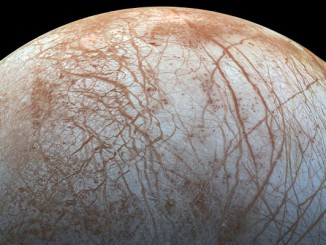
Articles by Astronomy Now

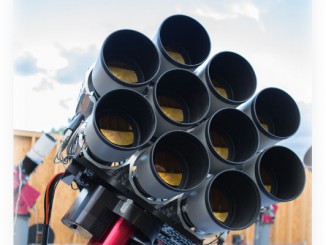
Dragonfly’s compound ‘eye’ reveals very faint galaxy structure
At CASCA 2015, Roberto Abraham from the University of Toronto describes the first results from the Dragonfly Telephoto Array — an innovative, multi-lens system designed to produce digital images of ultra-low surface brightness objects at visible wavelengths — that is at least ten times more efficient than its nearest rival.
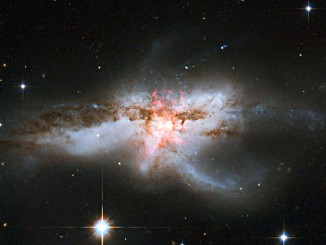
Hubble revisits tangled galaxy NGC 6240
Not all galaxies are neatly shaped, as this new NASA/ESA Hubble Space Telescope image of NGC 6240 clearly demonstrates. Hubble previously released an image of this galaxy in 2008, but the knotted region was only revealed in these new observations from Hubble’s Wide Field Camera 3 and Advanced Camera for Surveys.
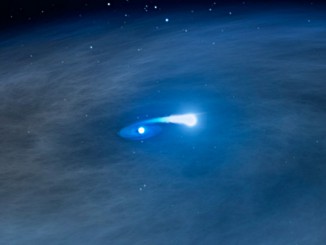
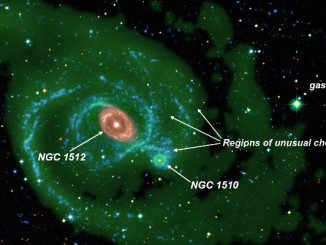
Galaxy’s cannibalistic snacking habits revealed
A team of Australian and Spanish astronomers have caught a greedy galaxy gobbling on its neighbours and leaving crumbs of evidence about its dietary past. Their successful and novel approach to investigating how galaxies grow is being used in a new program to further refine the best models of galaxy evolution.

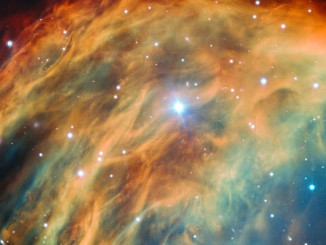

Supernova observed colliding with its companion star
Type Ia supernovae are violent stellar explosions that shine as some of the brightest objects in the universe, but there are still many mysteries surrounding their origin. Now a team of astronomers have witnessed a supernova smashing into a nearby star, shocking it, and creating an ultraviolet glow that reveals the size of the companion.
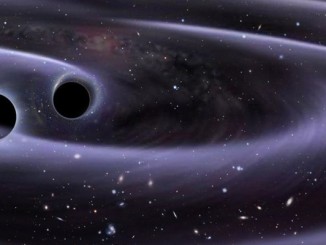
Newly dedicated observatory to search for gravitational waves
Seeking to expand how we observe and understand phenomena such as supernovae and colliding black holes that generate gravitational waves, the National Science Foundation has just dedicated the Advanced Laser Gravitational Wave Observatories (Advanced LIGO) in Richland, Washington and Livingston, Louisiana.
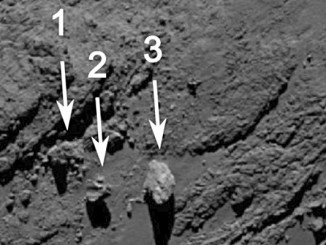
OSIRIS discovers balancing rock on comet 67P
Scientists from Rosetta’s OSIRIS team have discovered an extraordinary formation in the Aker region on the larger lobe of comet 67P/Churyumov-Gerasimenko. The largest of a group of three boulders with a diameter of approximately 30 metres appears to perch on the rim of a small depression. There seems to be only a very small contact area with the nucleus.
